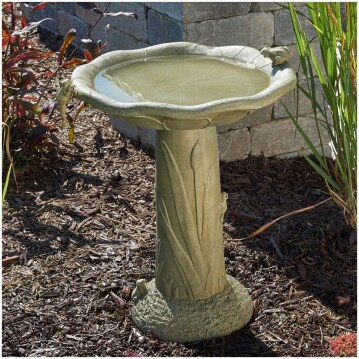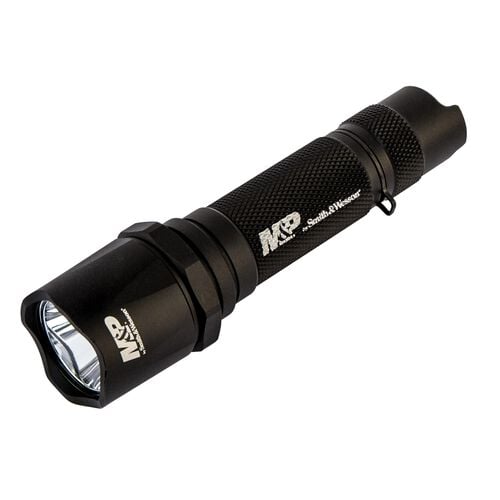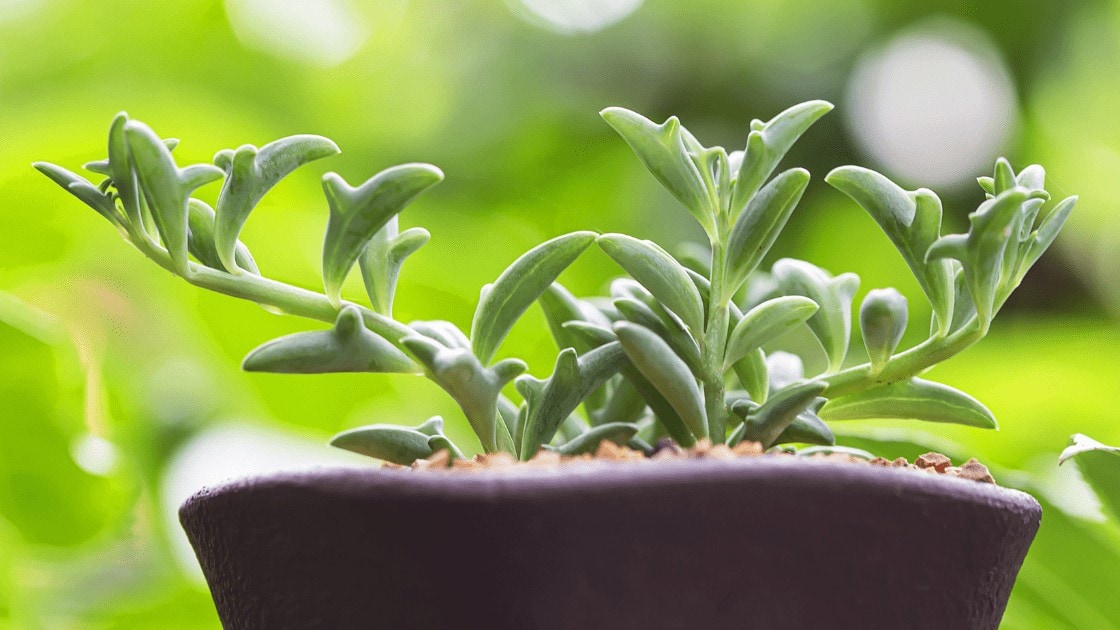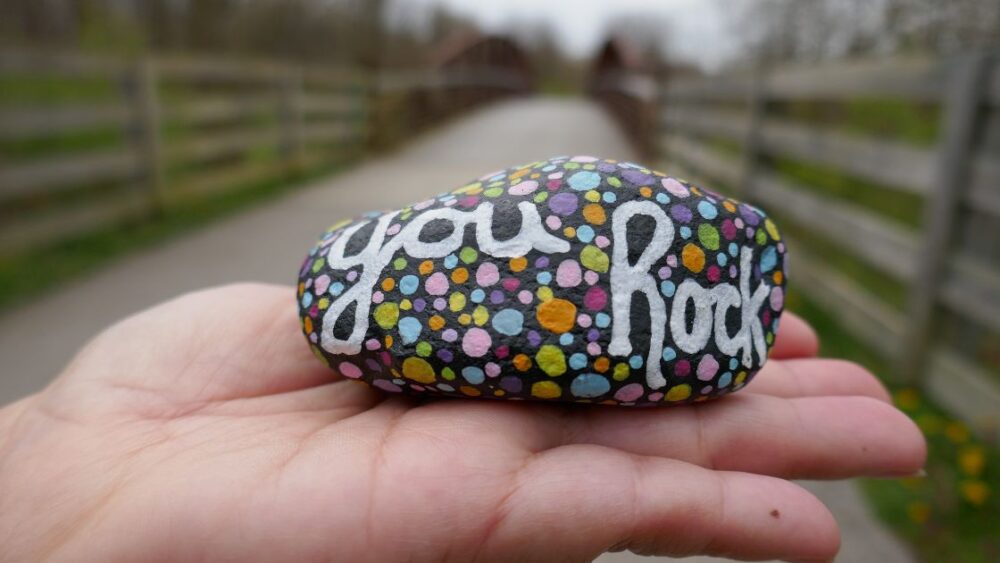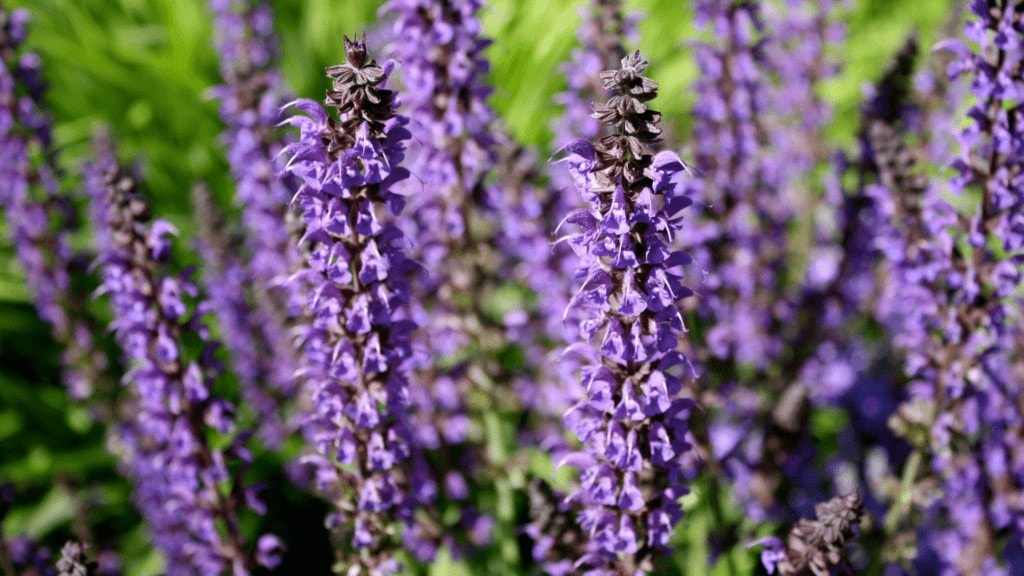
Purple Sage (Salvia Dorrii) plants are aromatic shrubs that consist of leaves ranging from 3 to 6 cm in length. These bushy perennials thrive in the extreme hot desert regions of the western US. These plants are drought and heat tolerance, As such, they are much favored by people in their garden during the summers.
Depending on the sage type, you can find purple sage growing about 18 inches and up to 8 to 10 feet in height. All variants of (Salvia Dorrii) are capable of growing in containers, gardens, and anywhere they receive an abundance of sun while being drought tolerant. Continue reading this guide to learn more about this amazing sun loving plant.
What Are Purple Sage Plants?
A Purple Sage is a hardy, bushy plant mostly found in the extreme hot regions of the United States. Because the plant thrives in sandy soil, it doesn’t require great care to flourish. With almost zero maintenance, this plant is perfect for planting in areas where normal plants would have died.
Browse our Affiliate Products
The leaves and stems of the plant are purple in color, but can range from a purplish-blue tone while turning to a grey-green when they begin to age during the summer. Also, the leaves are a little bigger than the ordinary sage and boast of a spicier flavor since this variety of sage is edible.
What is Purple Sage Used For?
Interestingly enough, all the parts of a purple sage plant has a strong aroma and has medicinal and culinary uses. Also, these plants are the main attraction of the midsummer garden borders that blooms all the way through summer to autumn. These plants are believed to promote good health and prolong life.
Since purple sage is edible it can be used in conventional recipes. These shrubs tend to develop optimal flavor when you cook them in olive oil or butter. Sometimes, the plant is even used in decorations. When you accidentally burn something while cooking, the herb can be used as a deodorizer, and it can be used as a conditioner to darken your grey hair.
Where is The Best Place to Plant Purple Sage?
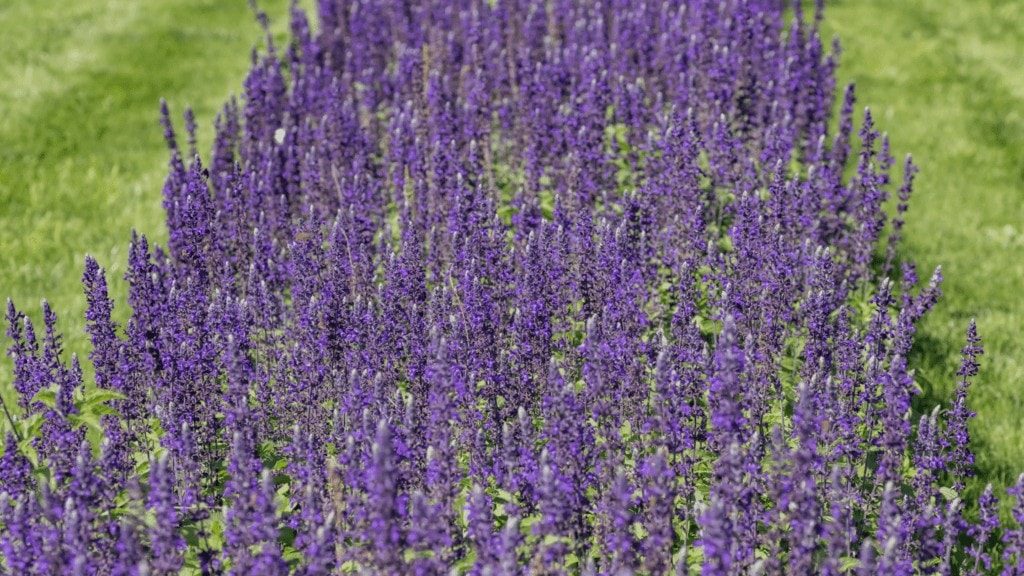
Purple Sage tends to grow in almost every place that receives plenty of sunlight. This green shrub is considered hardy because it of its effectiveness to utilize poor soil. These plants typically perform well among other plants that don’t require frequent watering, as are a great addition to dryscapes or landscape that don’t need much maintenance.
When growing the plant from seed, it may prove challenging. However, it is quite easy to grow the herb from cuttings, or you can try another method called layering. You need to plant your purple sage in a spot that receives constant sunlight along with a good mixture of soil and compost to improve drainage.
Is It Used For A Ground Cover?
Many individuals choose to plant purple sage as ground cover because they can get as wide as 10 feet. So when you plant them, plant them at least 5 feet apart. This is to make sure each plant has enough room to grow and will eventually cover any bare spots that may need watering.
Purple Sage plants provide more vigor when you plant them on containers, beds, and borders. Because these plants are drought and heat tolerant, they survive in the summer gardens. Ensure that you are growing them where you can pass by and brush the leaves to release the pine-like, herbal scent.
Is Purple Sage Edible?
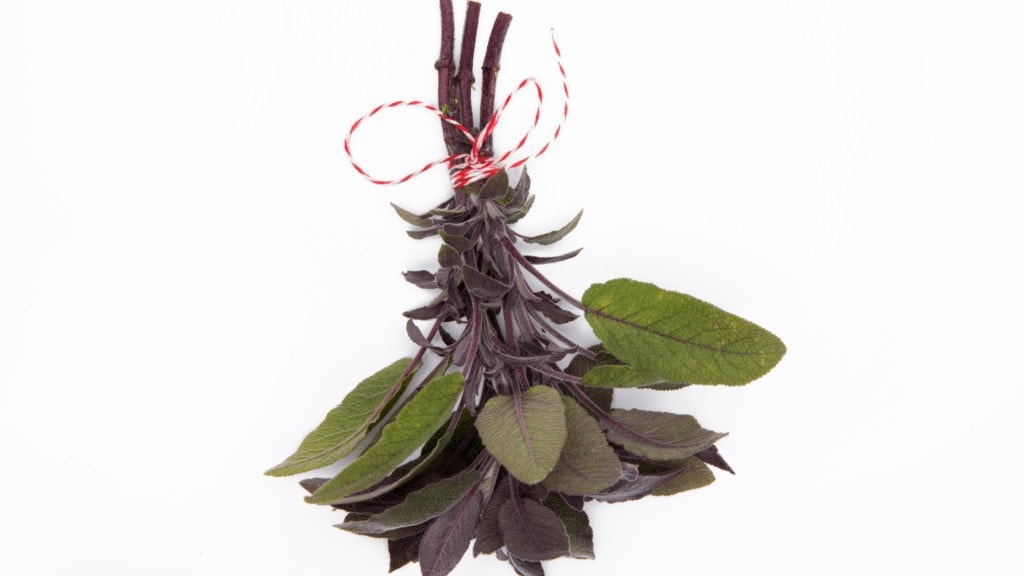
Being a culinary herb, purple sage can be used in almost every recipe that demands delicious flavor. You can use them in stews, sausages, and stuffing. Fresh leaves from the plant contain vitamins A and C in large amounts. You can even use the herb in pork and poultry dishes.
The volatile oils contain pinene and camphor, which brings out the aroma. These compounds are beneficial to your digestive system. Apart from this, this wonderful herb has antiseptic, diuretic, and astringent properties, too. The leaves can be dried up and used later for garnishing on several dishes.
Some recipes that uses Purple Sage is found by clicking the link below.
What Type of Soil Does Purple Sage Need?
Choosing the right kind of soil is very important for the plants to grow nicely. When it comes to growing purple sage, it needs loamy, sandy, and well-drained soil. For the optimal growth of the plant, you need a pH ranging from 6.0 to 7.0.
It is recommended not to add fertilizers in excess if you are looking to grow the plants for culinary purposes. You may get faster growth, but the intensity of the flavor tends to lose. When you are planting in clay soil, make sure to mix organic matter along with sand to provide good drainage. For more information on soil, check out this article below.
How Would You Plant Purple Sage in the Soil?
Generally, there are two ways of planting Purple Sage in the soil. The first method involves growing the plant from the seeds, and the other involves cutting, or layering from existing plants. The former way takes much time, whereas the latter one doesn’t.
If you have made up your mind to grow from seed, it may take as long as a couple of years for the plant to mature completely. When you opt for the seed route, you need to sow them indoors for about 6 to 8 weeks under a plant light. After 3 weeks, you can transfer seedlings to the prepared soil. Also, you can propagate fresh, new plants from cuttings or layering method.
How Often do You Water Purple Sage?
Because purple sage is drought-tolerant, it tends to thrive in dry soil. Hence, it doesn’t require supplement irrigation. Yet, the herb benefits from occasional watering during the dry, hot climate. Water deep enough to saturate the roots, but don’t water again until you find the soil dry.
Excess water is not a healthy sign for these plants. It can die from moisture-related diseases when the soil becomes waterlogged. Regular watering to the plant encourages continuous blooming until frost. Adding 6 gallons of water to every 9 square feet soil in a week is enough for the plants during summer.
How Much Sun Does Purple Sage Need?
Place the Purple Sage within a range of medium to full sunlight. If you are growing them indoors, place the container near a window with full exposure to sunlight. Purple sage plants of about 1 to 3 foot in height thrives well under the sun.
If you are living in zones 5 to 8, your shrubs would be hardy ones. These plants survive well in the summer garden. Gardeners residing in dry, hot regions have real success in growing these plants. For better results, plant them on the sunniest, hottest, well-drained part of your garden.
If your unsure about caring for plants in the winter check out our article below.
What Does it Mean When Purple Sage Plant Blooms?

There are stories that state you can expect rain within a few days of seeing purple sage plants burst into bloom. People believe that the plant tends to blossom before precipitation begins. In reality, rainfall may not occur. But, somehow the plant is sensitive towards humidity and alterations in barometric pressure.
However, that doesn’t mean you need to plant a cool bush that can predict rain. Rather, it means you can plant them in your garden and watch the lovely flowers bloom whenever it feels a change in the weather. It’s a kind of win-win situation.
Should You Cut Back Purple Sage?
When your purple sage becomes too large, you need to cut back. In general, it takes about 2 or more seasons to trim it down to look suitable for the place. Also, a tidy appearance keeps off the weeds from the plant and helps in maintaining proper soil temperature.
How Big Does Purple Sage Get?
This evergreen plant grows typically from 3 to 8 feet tall. However, some specimens are likely to reach about 12 feet in height and 12 feet in width. These sun-loving plants reach an average height of about 8 feet and blooms in midsummer in many parts regions.
What Other Types of Sage Plants Are There?
There are over 900 different species of sage plants. Sage plants could be tender herbs or woody shrubs. Some of them are favored during the summer months, while some others are cultivated in winter. The most popular variants include:
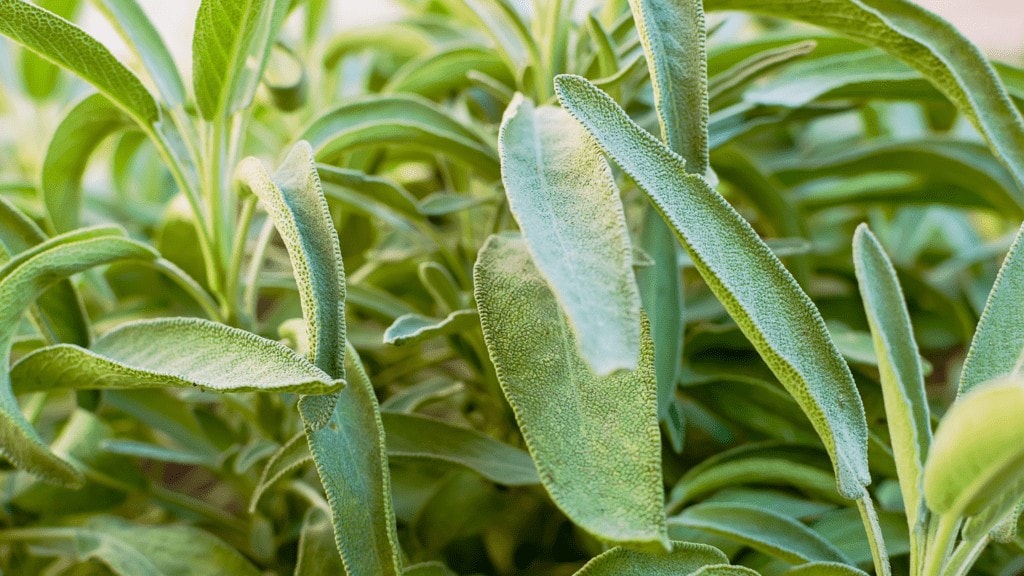
Garden Sage
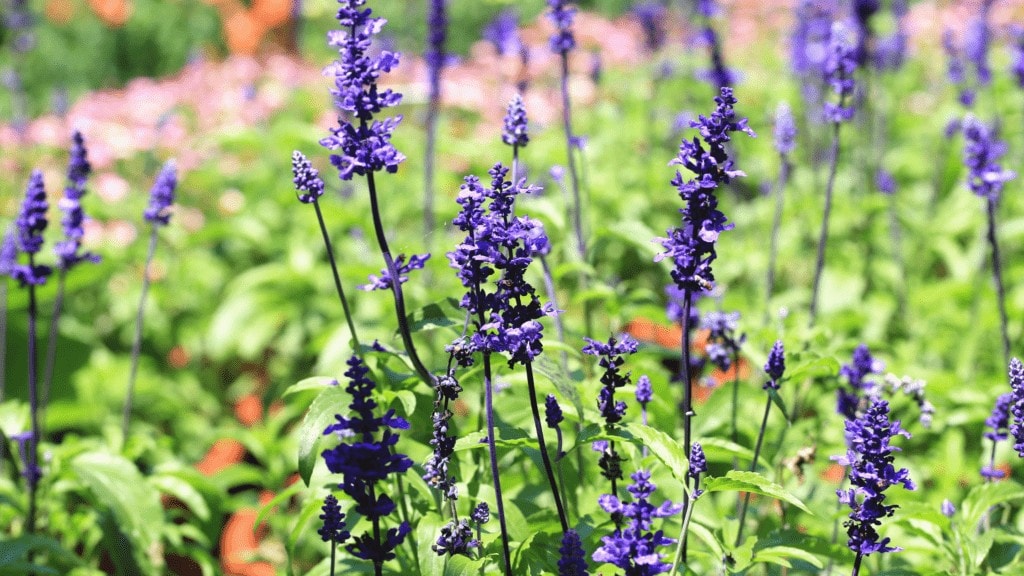
Mealycup Sage
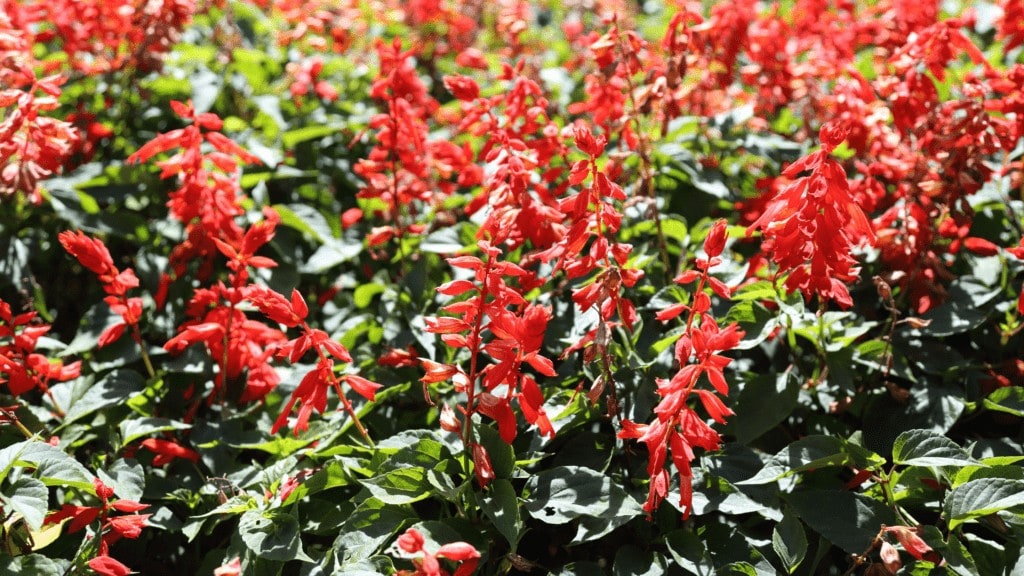
Scarlet Sage
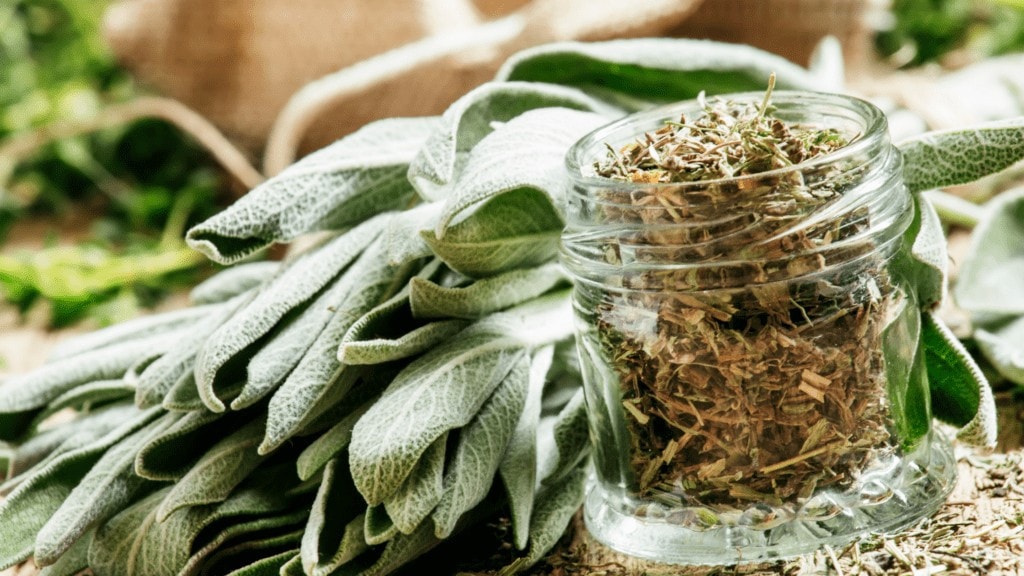
White Sage
You can read more about white sage and it’s uses here:
healthline.com/health/benefits-of-burning-sage
Amazon offers some good deals on White Sage as seen below.
Are they Easy to Propagate?
Yes, sage plants are easy to propagate. If you are an adventurous gardener, you can take the cuttings in the spring. Some sages often self-propagates, and you may find seedlings that you can use in your garden.
What Grows Well With Purple Sage?
Purple Sage works well with other kinds of ornamental plants with gray-green leaves. Lavenders, in particular, grows well with purple sage. Other plants may include rosemary, strawberries, mint, coriander, and so on.
What doesn’t Grow Well With Purple Sage?
Purple Sage has some issues with certain plants and should be kept away from them. Some of them include fennel, cucumber, rue, wormwood, chives, garlic, onions, shallots, etc.
Conclusion
Honeybees, butterflies, and hummingbirds fill the air when the purple sage blooms. An attraction for wildlife, these plants range from large shrubs to annuals. Also, some of them are purely ornamental and some are used for culinary purposes. Purple sage is easy to grow and increases the visual appearance of your garden.


